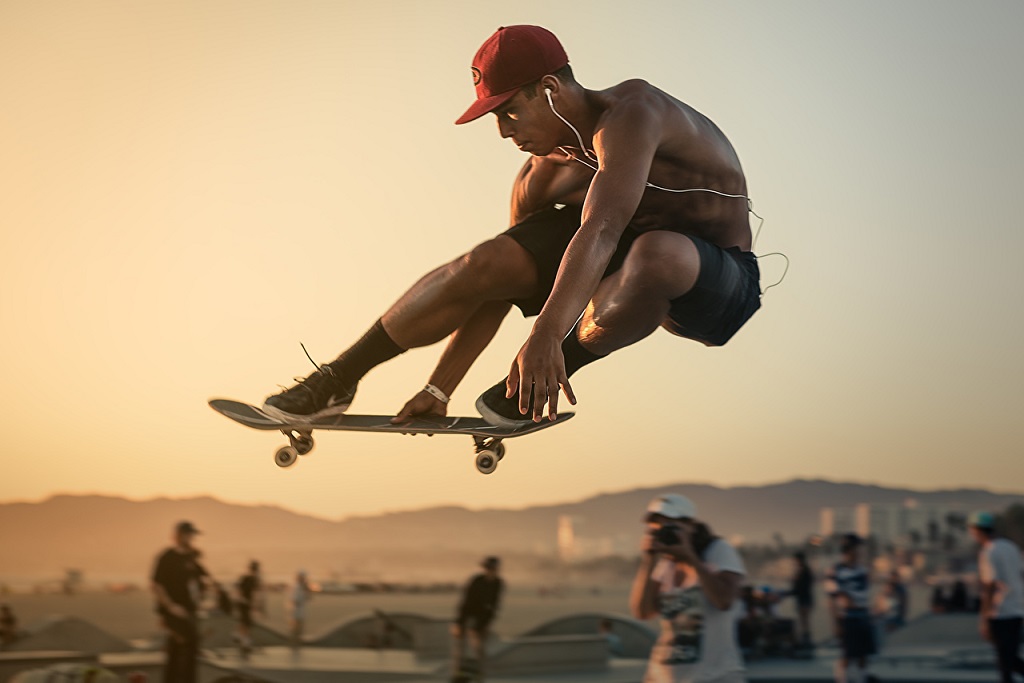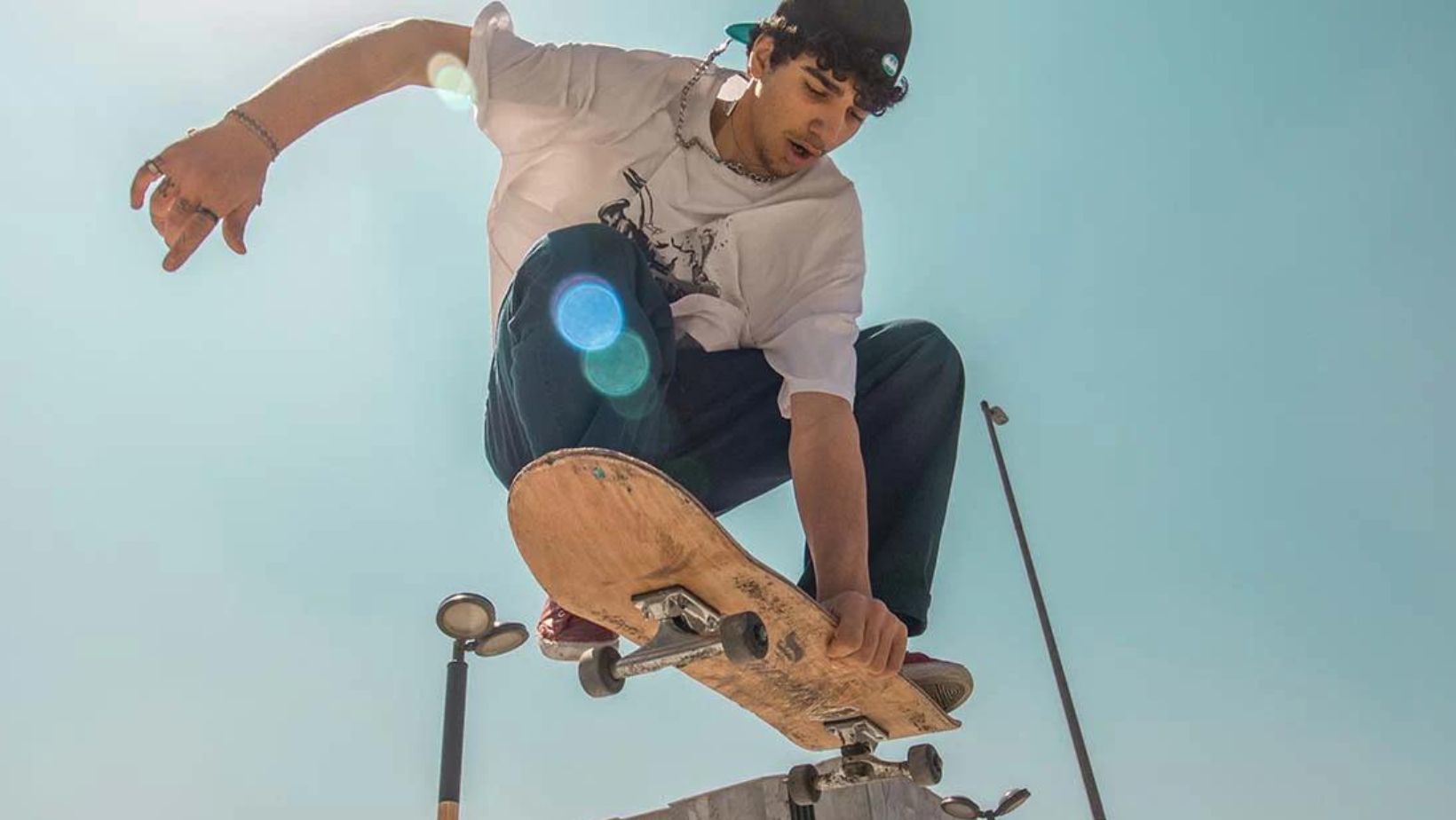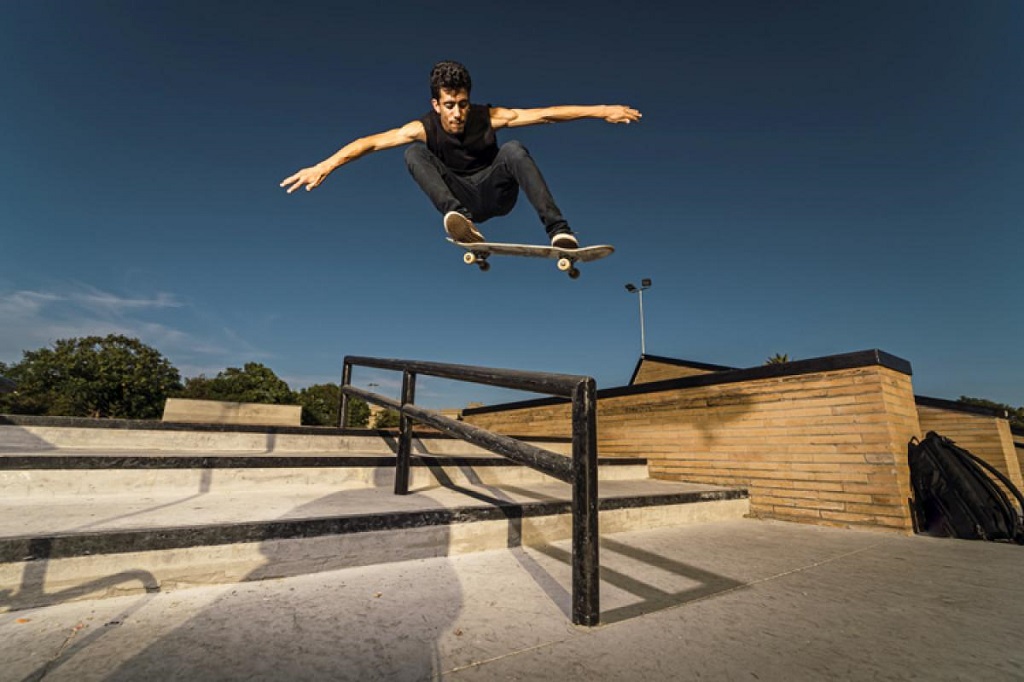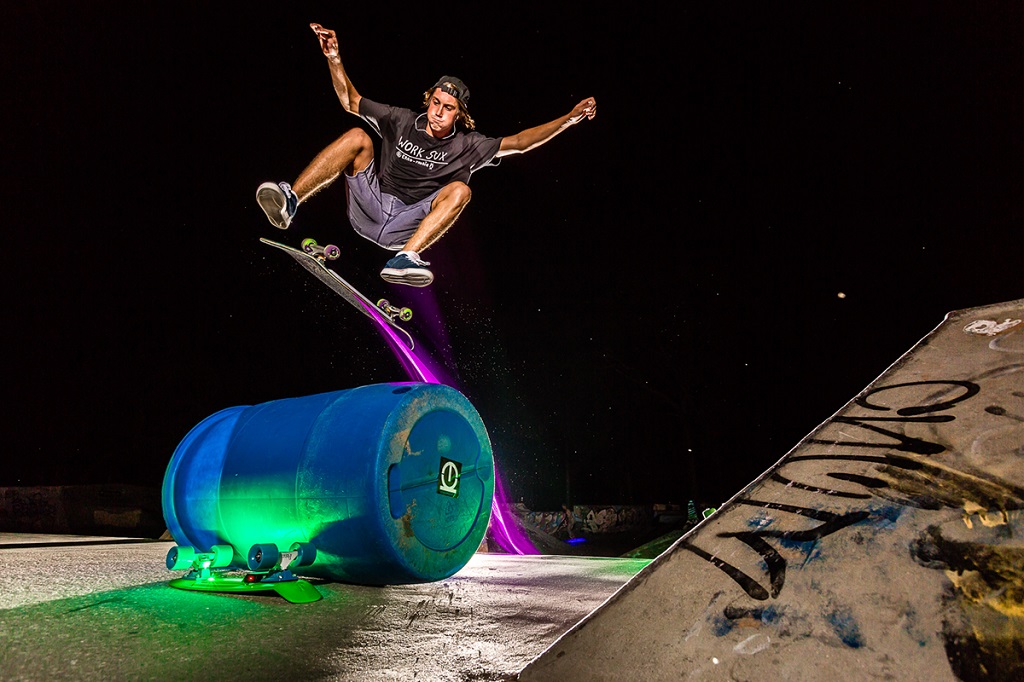
29 Sep How Do You Jump on a Skateboard Without an Ollie
Hey there, fellow skateboarding enthusiast! So, you want to learn how to jump on a skateboard without doing the famous ollie, huh? Well, you’re in the right place. Whether you’re a beginner looking to master the basics or an experienced skater wanting to add a new trick to your repertoire, I’ve got your back.
In this guide, I’ll walk you through some awesome techniques to get you soaring through the air without the need for an ollie. We’ll cover everything from the basics to some cool advanced moves. So, let’s strap on our helmets, tighten those trucks, and dive right in!
The Basic Setup
Before we dive into the techniques, let’s make sure you have the right gear. Skateboarding without the ability to ollie doesn’t require any special equipment, but it’s essential to ensure your board is in good shape. Here are a few things to check:
- Deck: Make sure your skateboard deck is in good condition, without any major cracks or warping. A solid deck provides stability and control.
- Wheels: Ensure your wheels spin smoothly, and there’s no excessive wobbling. Dirty or damaged bearings can affect your ride.
- Trucks: Check that your trucks are appropriately tightened. Loose trucks can make it harder to control your board while jumping.
- Grip Tape: A fresh layer of grip tape will give your shoes the traction you need to perform these tricks safely.
Now that your skateboard is in tip-top shape, let’s move on to the fun stuff. Discover how much does a skateboard deck weigh.
The No-Pop Shove-It
Our first technique is the “No-Pop Shove-It.” This is a great way to get some air without needing to ollie. Here’s how it works:
- Foot Placement: Stand on your skateboard with your front foot angled diagonally across the deck, toes pointing toward the nose. Your back foot should be on the tail, ready to push.
- Push and Spin: Push your back foot down while simultaneously using your front foot to spin the board 180 degrees in the opposite direction. Imagine you’re trying to sweep something off the ground with your front foot.
- Jump: As the board spins, jump up into the air, keeping your feet close to the skateboard. This will ensure you stay in control.
- Catch: While in the air, use your front foot to stop the board from spinning. Try to catch it with your back foot.
- Land: Once the board is under your feet, land with your knees slightly bent to absorb the impact and maintain balance.
Practice makes perfect with this one. Start with small spins and gradually work your way up to 180 degrees or even 360 degrees.
The Hippie Jump
Next up, we have the “Hippie Jump.” This trick is all about timing and coordination. It doesn’t involve any board manipulation, making it perfect for beginners.
- Foot Placement: Stand on your skateboard with your feet shoulder-width apart, parallel to the deck.
- Prepare to Jump: Bend your knees slightly and crouch down a bit. This will give you the spring you need.
- Jump: As you roll forward, jump up into the air, tucking your knees towards your chest.
- Clear the Obstacle: While in the air, your goal is to clear an obstacle, like a broomstick or a friend lying on the ground. Make sure to time your jump so that you pass cleanly over it.
- Land: Extend your legs to prepare for landing as you start descending. Aim to land with both feet simultaneously, keeping your balance.
The hippie jump is all about timing and confidence. Start with a low obstacle and gradually increase the height as you become more comfortable.
The Boneless
Now, let’s talk about the “Boneless.” This trick combines some footwork and jumping, making it a stylish way to get airborne.
- Foot Placement: Stand on your skateboard with your front foot near the center of the deck, and your back foot on the tail.
- Pop and Grab: Use your back foot to pop the tail of the skateboard while simultaneously reaching down with your front hand to grab the edge of the deck. Your board should be lifting off the ground at this point.
- Jump: With your board in your hand, jump up into the air.
- Board Flip: As you reach the peak of your jump, flip the board 180 degrees in the air.
- Catch and Land: Catch the board with your front foot and place it back on the ground, landing with your knees slightly bent for balance.
This one might take a bit of practice to get the timing right, but it’s incredibly rewarding once you nail it.
The Nollie
Now, if you want to get some air without doing a regular ollie, you might consider learning the “Nollie.” It’s like an ollie, but you use your front foot instead of your back foot to pop the board. Here’s how to do it:
- Foot Placement: Start with your feet in the same position as if you were going to ollie. However, your front foot will be where your back foot usually goes, and your back foot will be closer to the tail.
- Pop with Your Front Foot: Shift your weight to your front foot and use it to pop the tail of the skateboard while simultaneously sliding your back foot up the board.
- Jump: Just like in an ollie, jump into the air with your skateboard.
- Level Out: Try to level out the board in the air by bringing your front foot up and your back foot down.
- Land: As you descend, get your feet ready to land bolts (with your feet positioned over the bolts on the skateboard).
The nollie might seem tricky at first, especially if you’re used to regular ollies, but with some practice, you’ll get the hang of it.
The Curb or Ramp Launch
Now, if you’re looking to catch some serious air without the ollie, consider using ramps, curbs, or transitions. These features can launch you into the sky without needing to pop the board yourself.
- Approach the Ramp or Curb: Roll up to the ramp or curb at a moderate speed. Make sure you’re comfortable with your balance and speed control.
- Timing is Key: As you approach the transition, bend your knees slightly to prepare for the launch. The timing here is crucial. As your front wheels reach the transition, extend your legs to get some lift.
- Jump and Tuck: As your front wheels leave the ground, jump off the board, tucking your knees towards your chest.
- Land Safely: Keep an eye on your board as you reach the peak of your jump. As it starts descending, extend your legs to prepare for a clean landing.
Using ramps or curbs can give you a real taste of flying on your skateboard. Just remember to start with small transitions and gradually work your way up to bigger ones.
Building Confidence and Progressing
Now that you’ve learned a few cool ways to jump on a skateboard without an ollie, it’s time to talk about building confidence and progressing in your skateboarding journey. Here are some tips to keep in mind:
- Practice, Practice, Practice: Like any skill, skateboarding requires practice. Spend time mastering each trick and gradually increase the difficulty level.
- Safety First: Always wear protective gear, including a helmet, knee pads, elbow pads, and wrist guards. Safety should be your top priority.
- Film Yourself: Recording your skate sessions can help you identify areas for improvement. You might notice mistakes you didn’t realize you were making.
- Skate with Friends: Skateboarding is more fun with friends. They can offer advice, support, and motivation to help you progress.
- Stay Inspired: Watch skateboarding videos and follow your favorite skaters on social media. Seeing others perform incredible tricks can inspire you to push your limits.
Conclusion
Jumping on a skateboard without the need for an ollie is not only possible but also loads of fun. From the no-pop shove-it to the nollie and even using ramps and curbs, there are plenty of exciting techniques to explore. Remember, it’s all about practice, patience, and, most importantly, having a blast while you’re at it.
So, get out there, hit the streets or skatepark, and start soaring through the air like a pro skateboarder. Happy shredding!
FAQs (Frequently Asked Questions)
- Can I jump on a skateboard without any prior skateboarding experience?
Jumping on a skateboard without an ollie or any previous experience can be challenging, but it’s not impossible. Start with the basics, like the hippie jump or the no-pop shove-it, and gradually work your way up as you become more comfortable on your board.
- What kind of skateboard is best for learning these tricks without an ollie?
You don’t need a specific type of skateboard to learn these tricks. A standard skateboard with a good deck, wheels, trucks, and grip tape will work just fine. It’s more about your technique and practice.
- Are these tricks suitable for beginners, or should I have some skateboarding skills already?
While some of these tricks may be challenging for absolute beginners, many of them can be learned with patience and practice. It’s always a good idea to start with the basics, like riding and turning, before attempting more advanced maneuvers.
- How long does it take to master these tricks without ollies?
The time it takes to master these tricks varies from person to person. It depends on your dedication, practice frequency, and prior skateboarding experience. Some may pick them up quickly, while others might take more time. Don’t rush the learning process, and enjoy the journey.
- Can I combine these tricks to create more complex moves?
Absolutely! Once you’ve mastered individual tricks, you can start combining them to create your unique skateboarding style. Get creative and experiment with different combinations to see what works for you.

No Comments